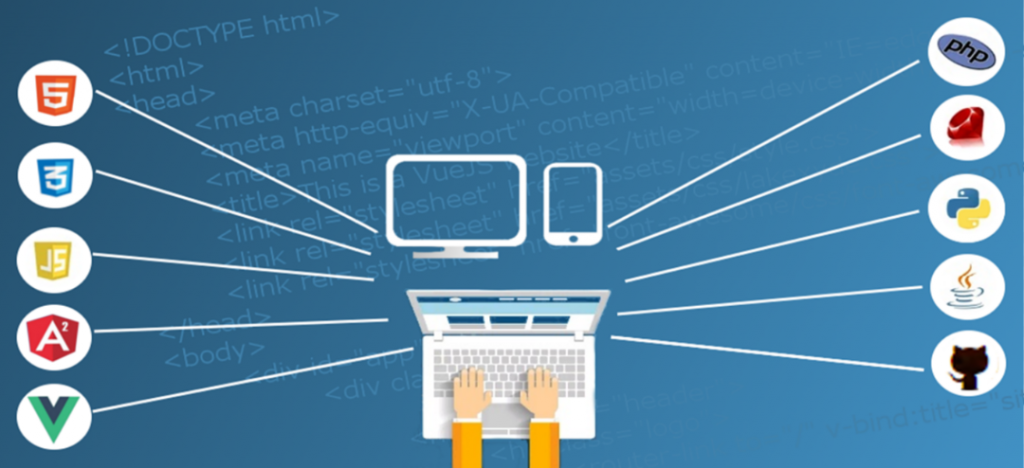
Having a good grip on any programming knowledge is a vital skill, and it is valued everywhere. Many of us may be wondering what is a programming language, which programming language should I learn, what are the real-life applications and impact on future growth, and how much expertise in a programming language is needed for research in statistical science? In this post, I am trying to answer all these questions.
A programming language is a formal language, which comprises a set of instructions that produce output. Programming language must be able to express all possible algorithms. Set of instructions is the set of Mathematical logics transformed in the form of syntax, function and logic; syntax and structure of functions may vary among programming languages, but logic remains constant.
There are several programming languages, based on readability and performance; these can be classified among Low-Level Languages (Machine Code and Assembly Language) and High-Level Languages (Compiled Language and Scripting Language). Machine codes are in the form of numbers, whereas Assembly programmes use names instead of numbers, and both of these are difficult to read; Compiled language and the scripting languages are readable and close with human’s language. However, this readability does not come for free and makes a vast trade-off with performance.
A programming paradigm is a style of arranging the structure and the elements of a program. On the basis of programming paradigm, programming languages can be classified into two categories, i.e. Object-oriented Programming (OOP) and Process-oriented Programming (POP). The fundamental difference between OOP and POP is that the OOP splits the program into multiple objects to get solutions while the POP divides the program into multiple functions (procedures) to solve the problem. The program written in POP is not easily modifiable. Therefore, OOP was developed to overcome these limitations of POP.
The characteristics, we use to evaluate the applicability of any programming language are readability, reproducibility, integrability, performance, and community support.
As mentioned earlier, to have good readability, we require high-level programming languages because these are close to human language, thereby easy to learn. However, all the high-level languages do not consist of the same amount of readability.
Reproducibility means that the written program should be able to contribute to other members in the community; they must be able to use the results without writing the codes. It can be done by making graphical user interface (GUI), stand-alone applications, web applications or libraries. Libraries are the bunch of the codes representing pre-defined functions. A user can install the libraries and use those pre-defined functions without writing the codes.
Performance can be understood as the time taken by the computer to compile and execute a program, compiled languages like C, and C++ is faster than the scripting languages such as Python, and Julia. We require an excellent performance to undertake simulation studies or to apply the developed methodology on a relatively large data set.
Integrability or integration with other applications is also too crucial. For example, if we require to solve a linear programming problem with 200 variables and 1000 constraints, then it is not a good idea (what do you think?) to write a program from scratch. In these scenarios, the language must be able to interact with other excellent and efficient solvers made by big corporates focusing on operational research, such as CPLEX solver, and Gurobi solver.
Although these four characteristics are fundamental and sufficient to identify our preferred language to learn, we can not ignore the fact that we should have to consider the community around us as well. In practice, open-source programming languages, for example, R, Python, and Julia have much better community support than the licensed (paid) programming languages, for example, SAS, Matlab and VBA. Therefore, we require to choose a trade-off between all the criteria to reach any conclusion.
As of now, R is the leading programming language in statistical science research due to its community support. Although Python is a distant second, it may surpass R in a few years. SAS, Stata (Mata, and ado), and Matlab are also in use, but their user base is declining steadily.
Many programmers believe that if you have command over one programming language, then you can quickly learn new languages. Irrespective of your identities, career orientations, or the business role, it is highly recommendable that you must master in at least one programming language. If you are unable to decide whether should you start your programming journey or how to continue to learn new technological developments; then you may take this quiz.